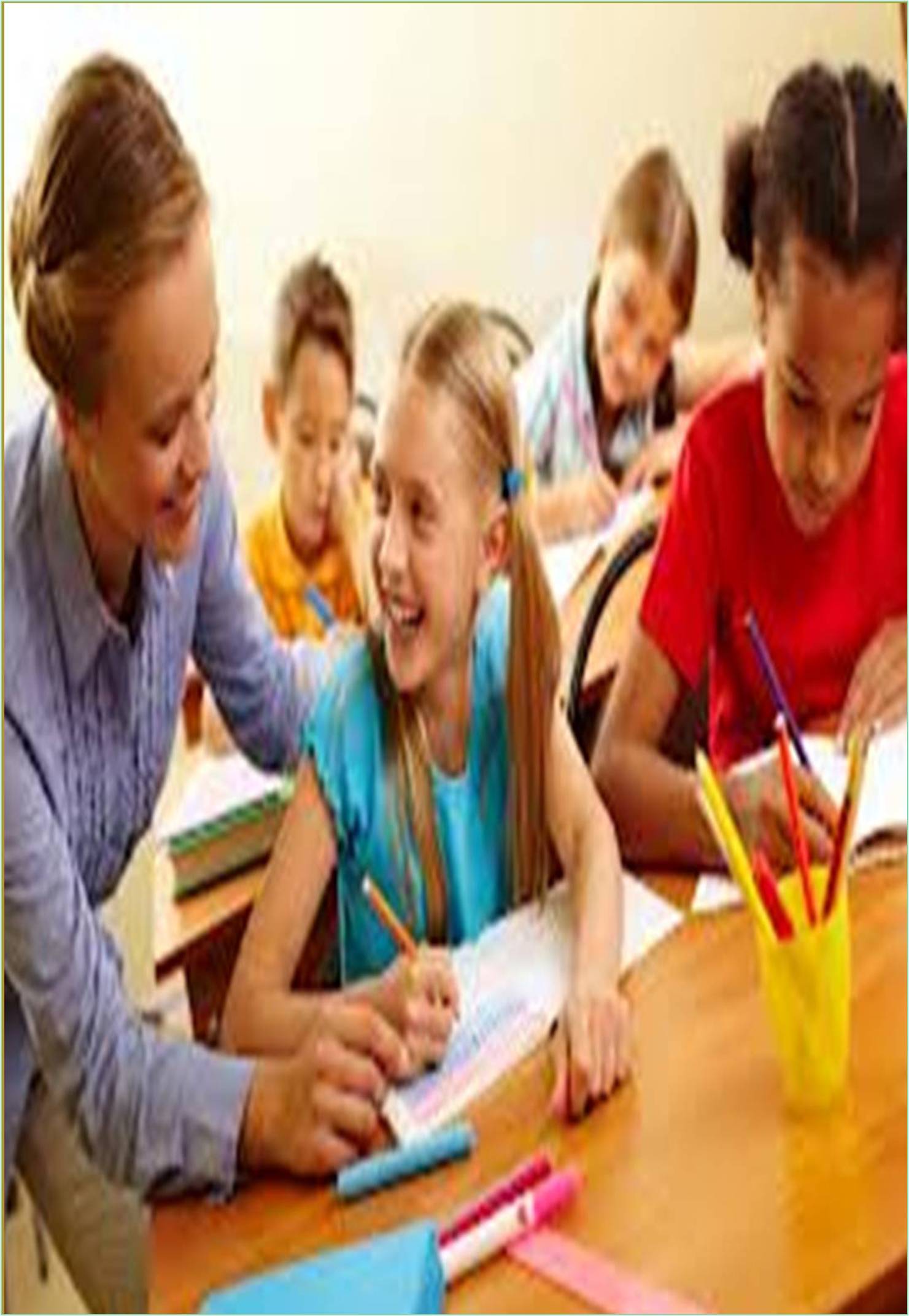



Received: 26-Jul-2022, Manuscript No. GJSES-22-73237; Editor assigned: 29-Jul-2022, Pre QC No. GJSES-22-73237(PQ); Reviewed: 12-Aug-2022, QC No. GJSES-22-73237; Revised: 19-Aug-2022, Manuscript No. GJSES-22-73237(R); Published: 26-Aug-2022, DOI: 10.15651/2465-7212.22.8.027
One of the most popular learning strategies is lifelong learning, which is centered on all aspects of a person's life from conception to death. This study is a review of the literature with the goal of examining the historical development process, application areas, placement in educational programs, competences, and the significance of the lifelong learning approach in terms of human life. Scientific studies were obtained from various databases and their findings were thoroughly evaluated in order to address these broad topics.
Self-directed education is centered on personal growth, it is called lifelong learning. Although we don’t have single universal definition of lifelong learning, it is generally accepted to entail learning that occurs outside of a traditional educational context like a school, university, or business training. Either informal or formal instruction could be used to achieve this. A precise definition of the phrase is challenging due to its broad, generic nature. This is made even truer by its overlap with, interchangeable use with other ideas that are closely related, including lifelong, permanent, recurrent, ongoing, adult education, learning organizations and learning society. Some people consider it to encompass what they learned in their early years of education, while others view it as the process of learning as an adult. It has developed into a worldwide idea with various expressions that depend on national political and economic interests as well as cultural and social value systems.
The Lifelong Learning Movement's Evolution
The idea of lifelong learning came into being in the 1970s as a consequence of initiatives from three worldwide organizations. Permanent education was promoted by the Council of Europe as a way to transform education in Europe into a lifelong endeavor. Recurrent education, or the alternation between full-time job and full-time study, was advocated by the Organization for Economic Cooperation and Development (OECD) and is comparable to sabbatical periods. The third of these projects, learning to be 1972, a report by the United Nations Educational, Scientific, and Cultural Organization (UNESCO), attracted the most attention and had the biggest impact.
Lifelong Learning Implementation
English as a second Language (ESL), adult basic education and high school completion courses, postsecondary credential programs, apprenticeship programs, work-related courses, and personal development courses are the only formal courses led by instructors included in the U.S. statistics provided above. Over the course of a year, participation in work-related and personal development courses was most prevalent. Informal education was excluded.
Examples of Lifelong Learning
Formal education: Formal education occurs in a monitored sequence and follows to set a schedule. College courses for a formal degree are prime examples of this method of learning.
Informal learning: The term informal learning refers to the learning that people choose to accomplish throughout their lives by trial and error and using informal methods like viewing a video, reading articles about lifelong learning, from a peer, by speaking to an expert, or just watching a television programmer.
Self-directed: A learner who chooses to choose his own space and direction is said to be self-directed. Online courses that a student enrolls in to accommodate his schedule are excellent examples of this style of learning process.
Indirectly: Learning frequently occurs without any prior planning or preparation. It is known as indirect learning and happens through interactions with others, travel, and exposure to various situations.
Personal: The opportunity to learn outside of the workplace is referred to as personal learning. The learner wants to follow his or her own hobby or area of interest, which can involve both formal and informal learning.
Professional: Professional learning takes place in the workplace or a professional front. Through skill development and training, learning on the job is connected to career enthusiasm and professional development.